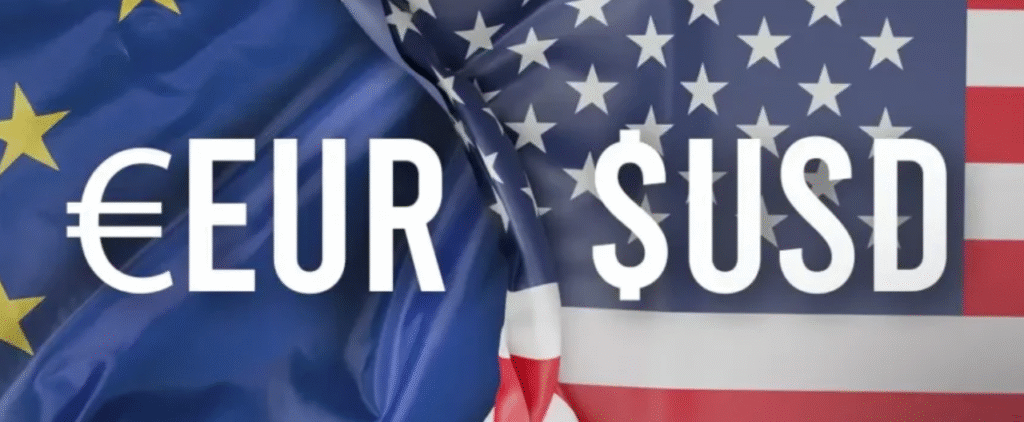
The EUR/USD pair extended its decline on Monday, with the Euro failing to gain traction despite news of a trade agreement between the European Union (EU) and the United States (US). The pair opened the week under pressure, continuing the bearish tone seen at the end of the previous week, as the US Dollar (USD) gained further ground against major currencies.
Although the Euro showed a brief uptick at the open, climbing to 1.1770, it quickly reversed course and dropped below 1.1750, approaching the 1.1740 level during early European trading. While the broader trend from the mid-July low of 1.1555 remains upward, the bullish momentum appears to be fading.
The deal, signed by European Commission President Ursula von der Leyen and US President Donald Trump, reduces US tariffs on EU imports to 15%—half of the 30% initially threatened earlier this month. In return, the Eurozone has pledged to invest EUR 600 billion in the US and significantly increase its purchases of American gas and military equipment.
However, the agreement failed to shift market sentiment in favor of the Euro. Instead, the Dollar remains supported by better-than-expected US economic data, reinforcing the Federal Reserve’s “wait-and-see” approach and diminishing the likelihood of any immediate rate adjustments at this week’s policy meeting.
Muted Market Ahead of Key US Data Releases
With a quiet start to the economic calendar this week, only the Dallas Fed Manufacturing Business Index is due during the US session on Monday. Market participants are expected to remain cautious ahead of more impactful events in the coming days, notably Wednesday’s Federal Reserve interest rate decision and Friday’s Nonfarm Payrolls (NFP) report for July.
Market Movers: Key Takeaways
-
Trade Deal Impact: Despite EC President von der Leyen hailing it as “the best deal we could get,” the 15% tariff still falls short of Brussels’ original zero-tariff ambitions. The new levies cover critical sectors like pharmaceuticals and automobiles—major EU exports. In return, Europe will invest EUR 600 billion in the US and purchase EUR 750 billion worth of American natural gas, leading to a negative market reaction for the Euro as details of the agreement became clearer.
-
US Dollar Resilience: The USD remains firm, bolstered by recent data. Friday’s report showed US Durable Goods Orders declined by 9.3%, better than the expected 10.8% drop. Core Durable Goods Orders (excluding transportation) rose 0.2%, outperforming forecasts of 0.1%.
-
Labor Market Strength: The previous week also brought an encouraging US Initial Jobless Claims report, marking the sixth consecutive weekly decline and reaching the lowest level in three months. This further underscores the labor market’s resilience and gives the Fed more flexibility to maintain elevated interest rates.
-
Fed Policy in Focus: The Federal Open Market Committee (FOMC) is widely expected to keep the benchmark rate steady at 4.25%–4.50% during its two-day meeting starting Tuesday. Investors will closely monitor Fed Chair Jerome Powell’s remarks, especially in light of the recent trade developments and the upcoming US GDP release, for any shifts in the central bank’s forward guidance.















